Discover the future of surgery with robotic precision. Explore the benefits and advancements of robotic surgery for enhanced precision and faster recovery. Explore now!
Since the late 1980s, innovative technologies such as the ROBODOC for hip replacements and the PROBOT for urological procedures have been early versions of the concept that mechanical enhancements could be useful in the complex task of surgery. In the 1990s, researchers from the United States National Aeronautics and Space Administration (NASA) and Stanford Research Institute explored the potential of robotics for telepresence surgery. Subsequent funding from the US Army aimed to develop a system that could remotely operate on injured soldiers using robotic equipment, with the hope of reducing battlefield fatalities. In the commercial sector, the Automated Endoscopic System for Optimal Positioning (AESOP) was introduced to the civilian surgical community. This system, created by Computer Motion in California, featured a voice-controlled robotic arm with an endoscopic camera. In the 2000s, two advanced master-slave platforms emerged: the da Vinci system by Intuitive Surgical in California, which pays homage to Leonardo da Vinci’s fifteenth-century ‘mechanical knight’ automaton, and the Zeus system by Computer Motion, specifically designed for cardiac surgery. Following a company merger, the da Vinci system became the primary platform in use today.
Robotic surgery provides several advantages over traditional endoscopic surgery in terms of visualization, dexterity, and ergonomics, while retaining the peri-operative benefits of minimally invasive procedures.
Unlike conventional endoscopic views, the dual-camera system in robotic surgery offers 3D views with depth perception. This enhanced depth perception allows for better visualization during the procedure. The precision features of robotic surgery include articulated “EndoWrist” instruments that offer increased degrees of freedom for precise movements.
The robotic system also eliminates the fulcrum effect and incorporates motion scaling with tremor filtration, further enhancing precision. Studies have demonstrated objective advantages of robotic surgery over laparoscopic techniques, particularly in terms of dexterity and reduced muscle fatigue.
The advantages of 3D vision and enhanced maneuverability offered by robotic surgery are particularly valuable in the mediastinum, which contains numerous critical structures.
There are various applications for robotic surgery in cardiac procedures, including cardiac revascularization and mitral valve repair, which were among the first surgeries to be performed using robotic techniques. Robotic thymectomy, a procedure for removing thymomas, benefits from the use of fluorescence-guided detection to identify the tumor and nearby structures.
Robotic lobectomy for lung cancer is also gaining popularity, with a 10-year cohort study conducted by Yang et al. showing comparable oncologic and peri-operative outcomes to video-assisted and open approaches.
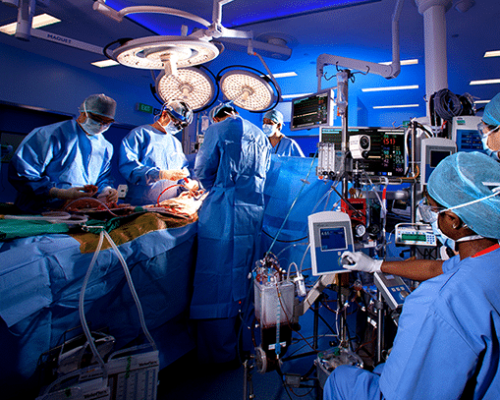
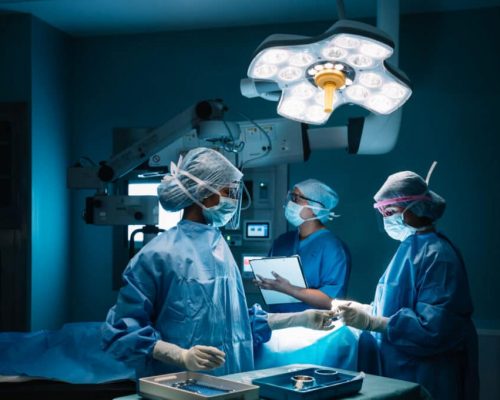
Robotic surgery has proven to be a viable option for various general surgical procedures, although factors such as cost and operative time need to be taken into consideration. As technology continues to advance, these considerations are expected to improve. For instance, in the case of rectal cancer resection, the ROLARR trial conducted in 2017 found that open conversion rates were comparable to laparoscopic techniques. Additionally, a large cohort study by Lee et al. demonstrated comparable resection quality with transanal techniques.
Robotic surgery has also emerged as a safe and effective alternative for common operations such as gastrectomy, Roux-en-Y gastric bypass, and thyroidectomy. Furthermore, it has been utilized in rare procedures like median arcuate ligament (MAL) release for MAL syndrome.
The head and neck region poses challenges in terms of access due to its intricate anatomy and limited space. Transoral robotic surgery (TORS) has emerged as a promising option for oropharyngeal carcinoma, as it allows for minimally invasive access to the oropharynx without resorting to extensive open procedures like mandibulotomy or pharyngotomy. These open procedures often result in significant functional and aesthetic deficits. TORS has shown comparable oncologic and functional outcomes to radiotherapy, although further comparisons are still needed.
TORS is also increasingly utilized in cases of cancers with unknown origins. Systematic reviews conducted by Farooq have demonstrated that tongue base mucosectomies and lingual tonsillectomies performed using TORS, along with transoral laser microsurgery (TLM), have successfully identified the primary tumor in over 70% of cases where conventional diagnostic methods yielded negative results.
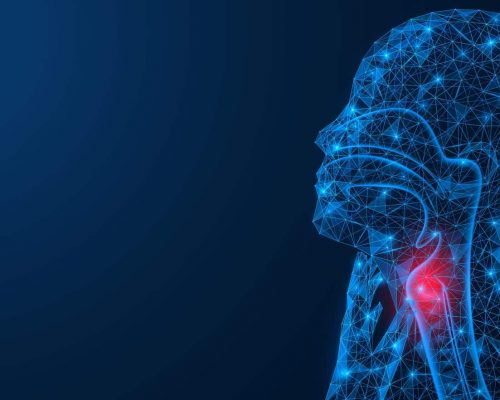
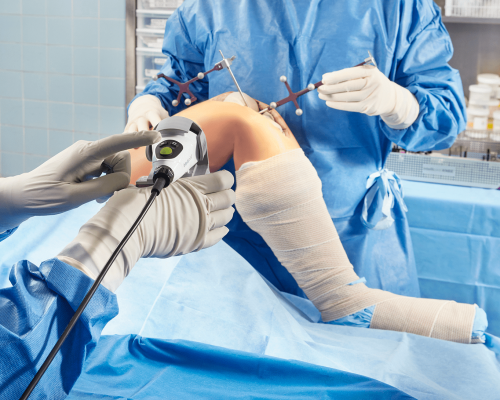
There are several robotic systems available for orthopedic procedures. Haptic systems, which provide real-time feedback based on pre-operative data, are commonly used to ensure accurate resection and reconstruction during surgery. The cost-effectiveness of robotic arthroplasty is also being investigated through the ongoing Robotic Arthroplasty: a Clinical and Cost Effectiveness Randomised (RACER) trial.
Other robotic systems for orthopedic procedures are still under investigation. Passive systems, such as the da Vinci platform, are being explored for hip and shoulder arthroscopy. These systems assist the surgeon but still require manual input. On the other hand, active systems are being developed that have the capability to perform procedures autonomously, without direct surgeon intervention. Further research and development in these areas are ongoing to assess their potential for clinical use.
Robotic surgery is particularly well-suited for procedures that require access to the anatomically constrained pelvic area. One of the most commonly performed robotic procedures is robotic-assisted radical prostatectomy, which has become a widely accepted treatment option for prostate cancer. A landmark meta-analysis conducted by Tewari et al. reported comparable oncologic and peri-operative outcomes to both laparoscopic and open techniques.
For complex benign hysterectomy, robotic surgery has demonstrated improved outcomes. Although the procedure may have a longer operating time, the superior post-operative quality of life experienced by patients can offset this drawback. Additionally, in endometrial cancer staging, where obesity and other comorbidities are common among the patient population, robotic surgery has shown favorable results.
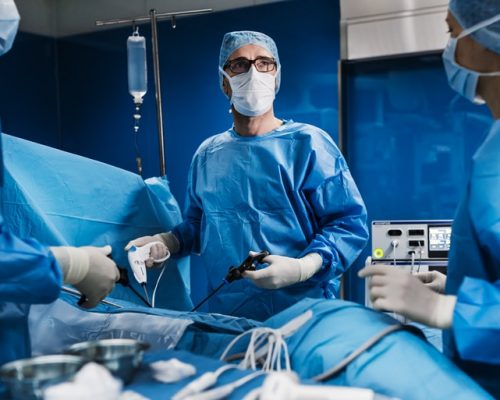
Subscribe to our newsletter

VISIT US
ECLEVAR FRANCE:
231 rue Saint-Honoré, 75001 Paris, France
ECLEVAR GMBH
ERFURT, Erfurt Hauptbahnhof
4th, 5th floor
Bahnhofstr. 38 Erfurt 99084
ECLEVAR Australia
Umina Beach NSW 2257, Australia
ECLEVAR UK Limited
3rd Floor 207 Regent Street, London, W1B 3HH
CONTACT US